News
News
Slovenian flag raised at CERN
The Slovenian flag was raised today at a ceremony held at CERN to mark the country’s accession as CERN’s 25th Member State
First-ever collisions of oxygen at the LHC
The Large Hadron Collider gets a breath of fresh air as it collides beams of protons and oxygen ions for the very first time. Oxygen–oxygen and neon–neon collisions are also on the menu of the next few days
European project to make web search more open and ethical
The OpenWebSearch.eu consortium, which includes CERN, has released a pilot of the first federated, pan-European Open Web Index, paving the way for a new generation of unbiased and ethical search engines
AI enhances Higgs boson’s charm
The CMS collaboration presents a new search for the decay of a Higgs boson into charm quarks, bringing physicists closer to unravelling how this unique particle endows matter with mass
ALICE detects the conversion of lead into gold at the LHC
Near-miss collisions between high-energy lead nuclei at the LHC generate intense electromagnetic fields that can knock out protons and transform lead into fleeting quantities of gold nuclei
ATLAS gets under the hood of the Higgs mechanism
The detection of longitudinally polarised W boson production at the Large Hadron Collider is an important step towards understanding how the primordial electroweak symmetry broke, giving rise to the masses of elementary particles
CERN signs a joint Statement of Intent with Canada
The Statement of Intent between CERN and Canada concerns future planning for large research infrastructure facilities, and novel and advanced techniques and tools
CERN announces artist selected for the Resonance residency
Marion Tampon-Lajarriette has been awarded the inaugural residency of Resonance, a programme run by Arts at CERN in partnership with the Republic and Canton of Geneva and the City of Geneva
CMS finds unexpected excess of top quarks
Data from the CMS experiment at CERN’s Large Hadron Collider reveals an intriguing excess of top-quark pairs, hinting at the first observation of a composite particle with unique properties
AEgIS transforms smartphone sensors into an antimatter camera of unprecedented resolution
The AEgIS collaboration, led by a team from the Technical University of Munich, has repurposed smartphone camera sensors to create a detector capable of imaging antiproton annihilations in real time with unprecedented resolution
